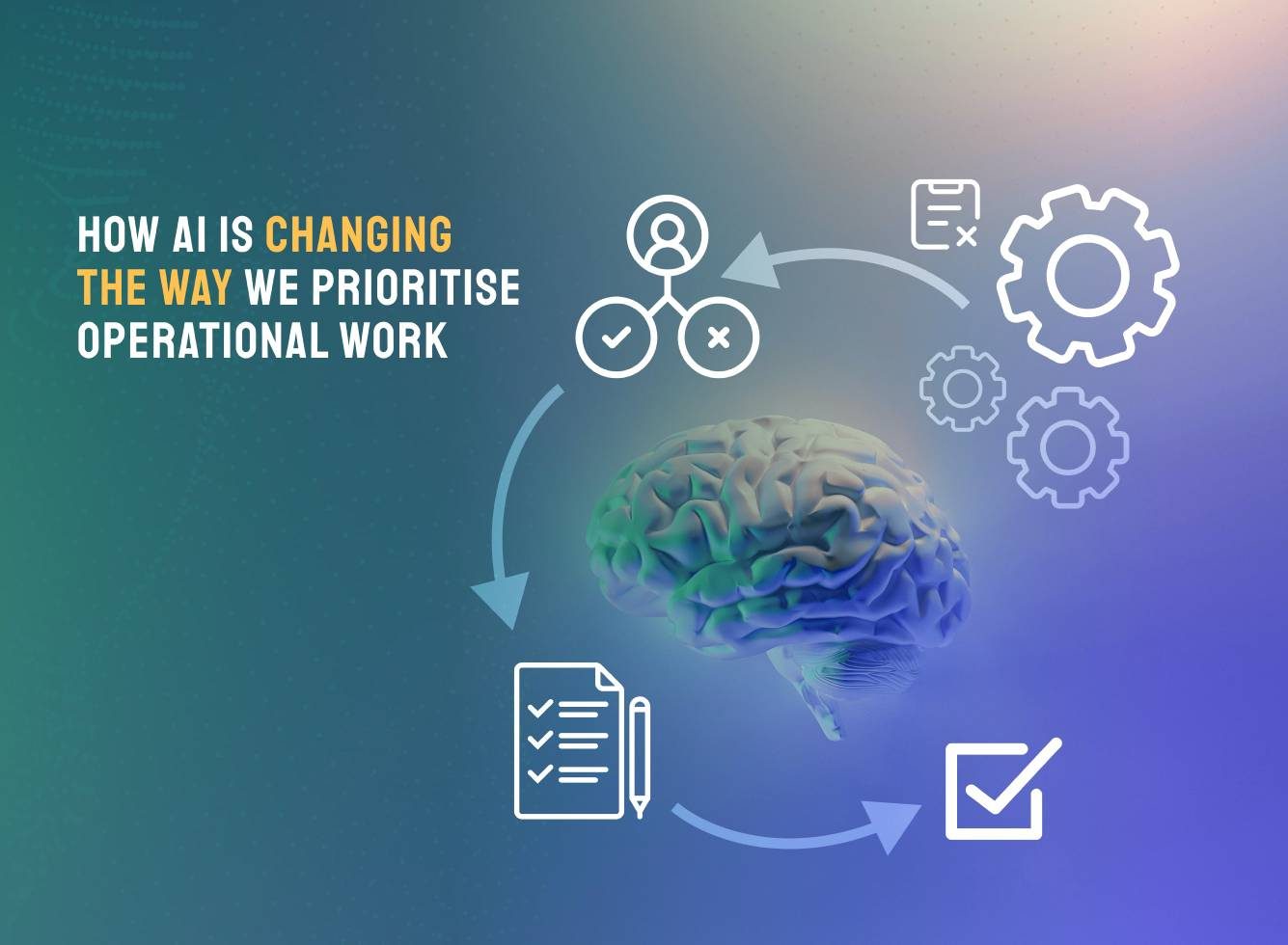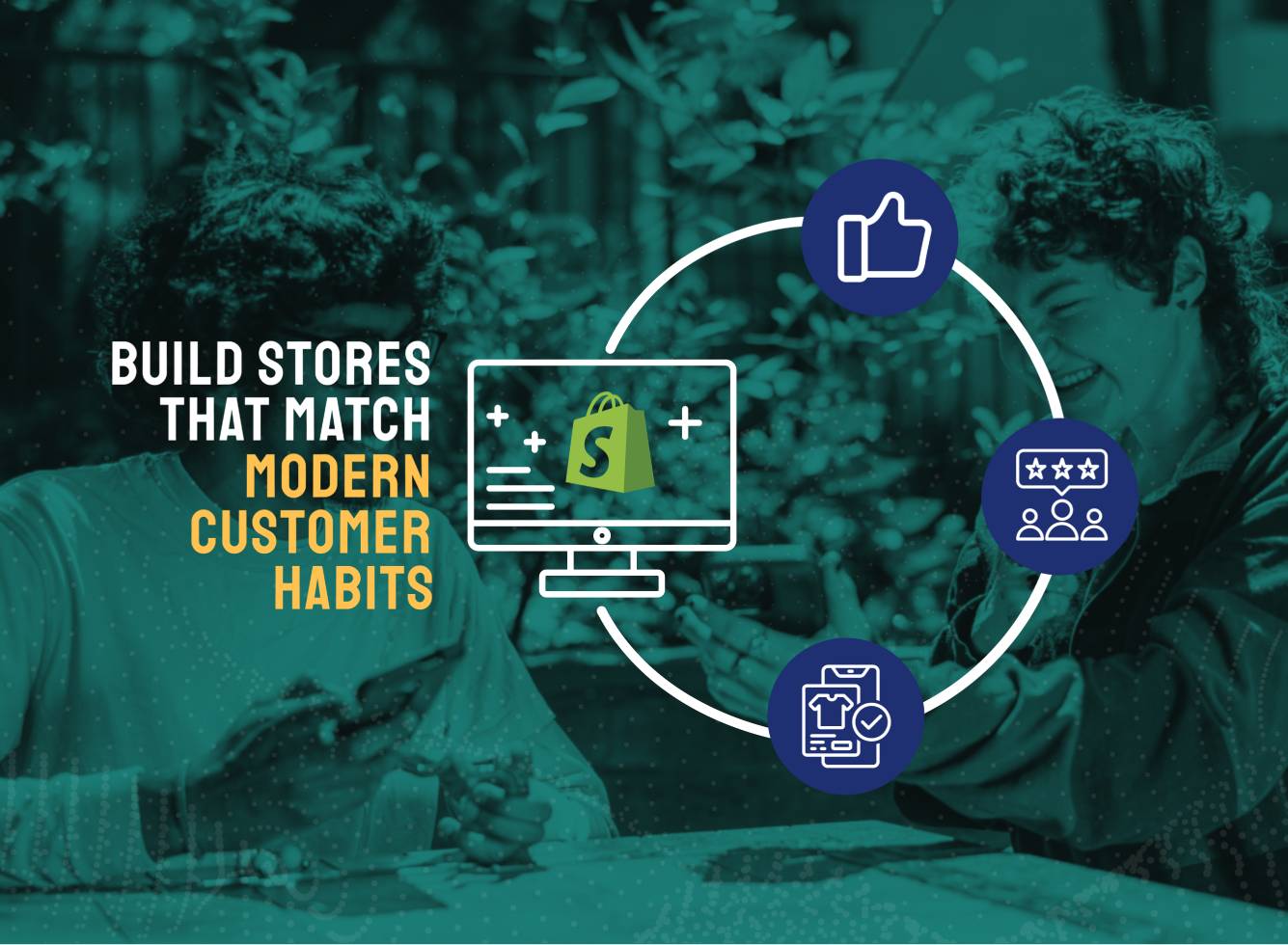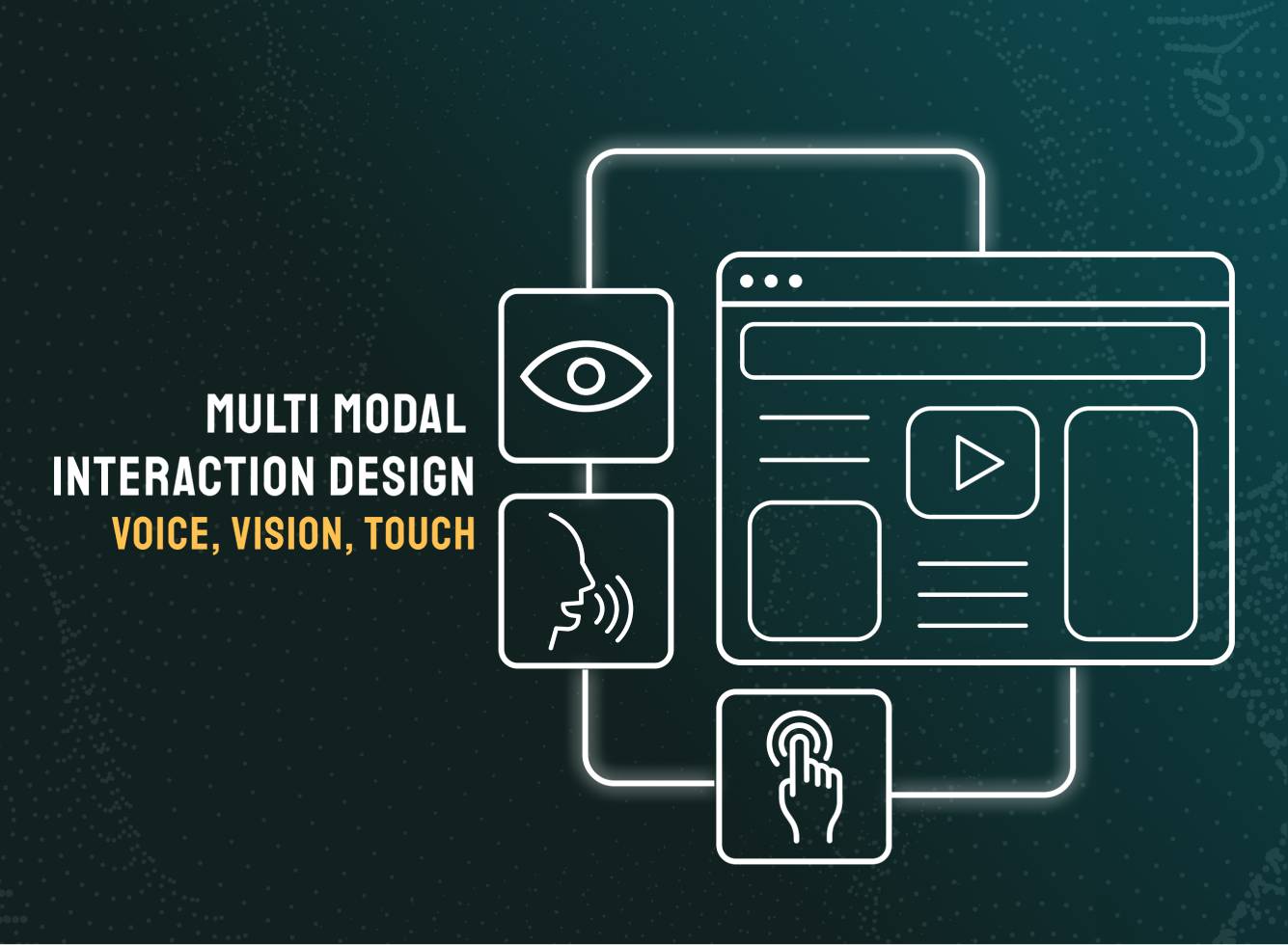How AI Is Changing the Way We Prioritise Operational Work

Operational efficiency has long been measured by speed - how quickly a ticket is resolved, how fast a task moves through a queue, how early an SLA is met. But speed alone is no longer enough. In dynamic environments, not every task carries equal weight, and not every issue demands immediate attention.
Traditional prioritisation systems often rely on static rules: time-based sorting, SLA categories, or predefined tags. These frameworks offer structure, but they fail to reflect the complexity of today’s operational environments. What matters now is not just what comes first, but what carries the most impact.
Artificial Intelligence is enabling a more nuanced approach. Rather than following chronological order, AI systems help operations teams act based on real-time business significance.
Why Traditional Queues are No Longer Enough
Conventional queue logic is built around “first-in, first-out” structures. While effective for basic task management, this approach overlooks context. A ticket that arrives earlier doesn’t always warrant faster action – especially if a newer issue threatens service stability or customer satisfaction.
Even SLA-driven models can be limited. Two tasks might share the same SLA but differ significantly in their potential to cause disruption. Static rules don’t always adapt to evolving business risk.
This misalignment can result in critical delays, missed escalation opportunities, or resource inefficiencies – all of which are avoidable with more responsive systems.
AI Brings Real-Time Prioritisation
Modern AI models trained on historical patterns, escalation trends, and root cause data offer new ways to structure operational response. These systems assess incoming issues through multiple lenses – from past incidents to service dependencies – and recommend a task order based on potential business consequence, not just timing.
Key capabilities include:
- Identifying high-impact tasks that require immediate attention, even if recently submitted
- Recognising repeat issues and flagging them before they escalate
- Analysing service relationships to prevent delays that affect multiple teams or systems
- Suggesting optimal task sequencing to reduce downstream disruptions
These insights allow operations teams to address what is urgent and significant, not just what is next in line.
From Reactive to Responsive Operations
This shift goes beyond efficiency gains. It redefines how organisations manage operational risk, resource allocation, and service continuity. By providing contextual triage, AI empowers teams to:
- Proactively resolve incidents before they become service outages
- Balance workload more effectively across team members
- Prevent SLA breaches through earlier intervention
- Allocate expertise where it will deliver the most value
Rather than adding more dashboards or metrics, AI provides decision-makers with actionable direction – helping them move from queue management to outcome-focused operations.
Aligning Priorities with Business Impact
The value of AI-driven prioritisation is not in removing human decision-making, but in augmenting it with the right signals. When every task in the queue is visible, but only some carry significant downstream risk, operations teams need systems that help surface what matters most.
In this environment, delays carry consequences. A single missed task might block entire workflows. An unresolved issue could affect multiple clients or departments. Prioritising based on potential impact enables faster recovery, better performance, and more resilient operations.
Building the Next Generation of Operational Intelligence
As organisations scale, manual triaging becomes unsustainable. AI offers a way to adapt operational processes in real time – aligning service delivery with business goals and risk tolerance. This evolution is not about removing structure. It’s about introducing agility. With intelligent prioritisation, operations move with greater purpose, respond to the right triggers, and prevent problems before they surface.
Organisations ready to modernise their operational workflows can benefit from tailored AI-driven models that prioritise work based on real-world business impact. Vsourz helps businesses design context-aware triage systems, restructure task queues around downstream dependencies, and shift from reactive operations to responsive, intelligent ecosystems. If you’re rethinking how your operations move, we can help turn that intent into implementation.



